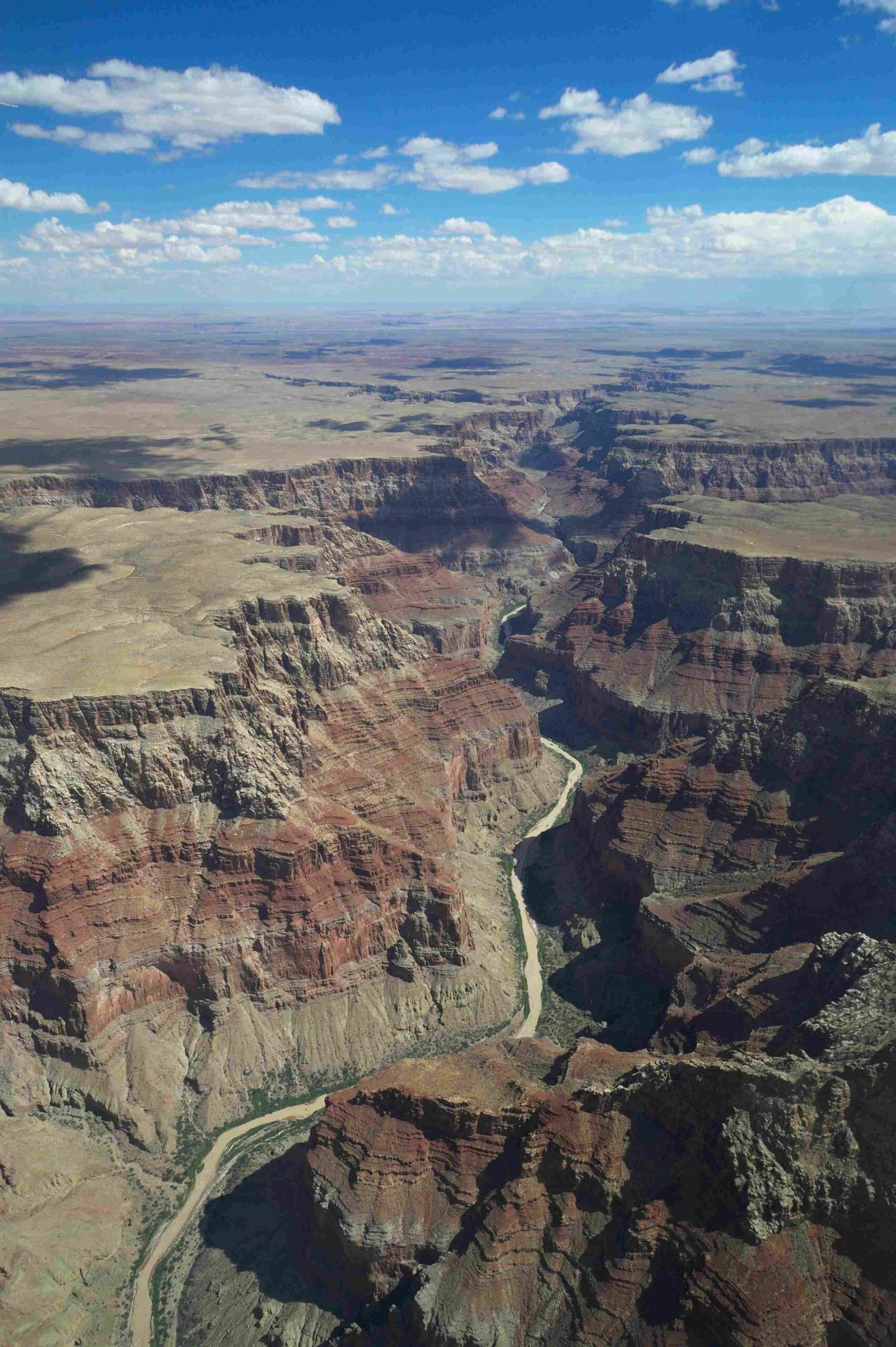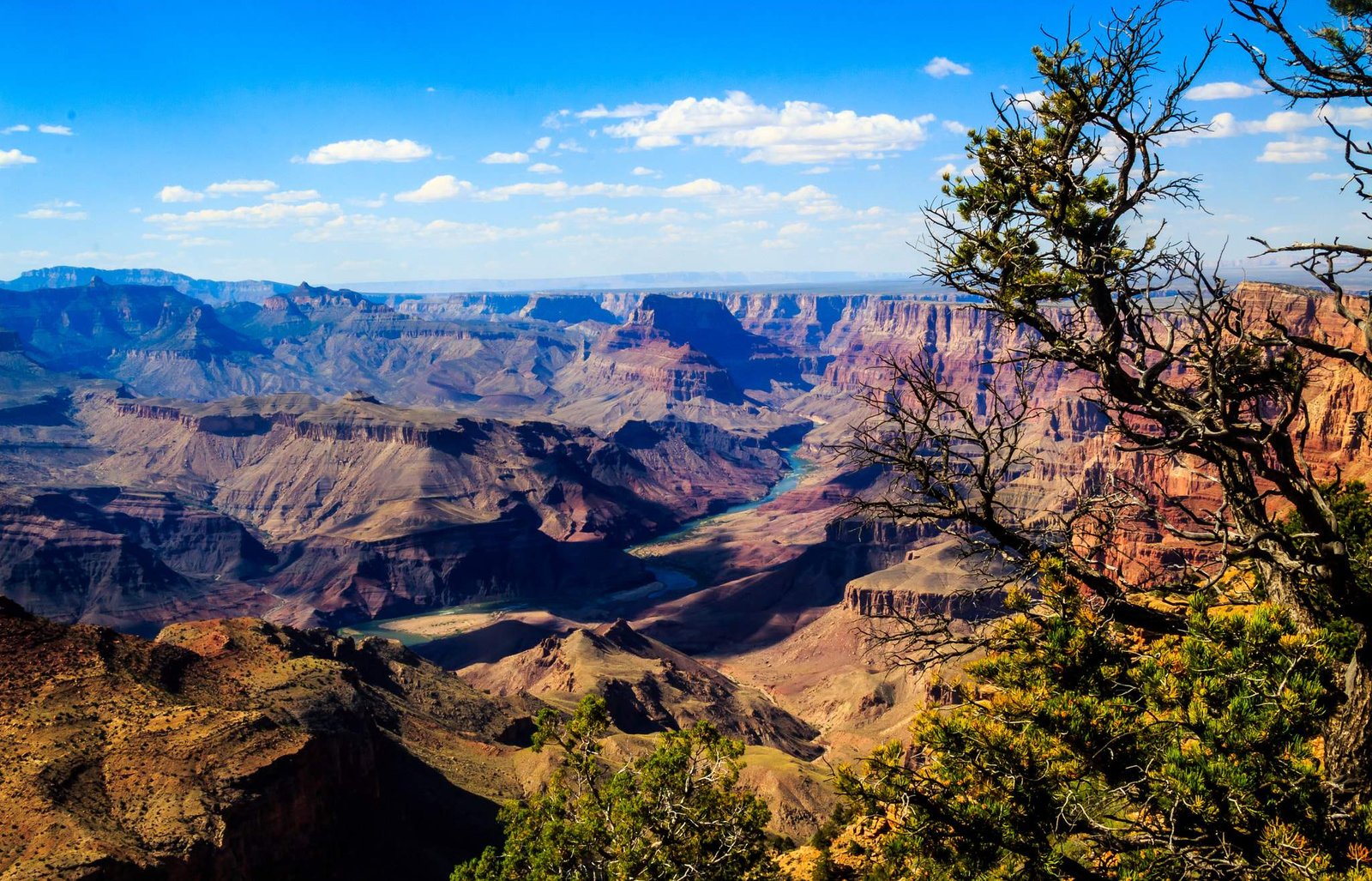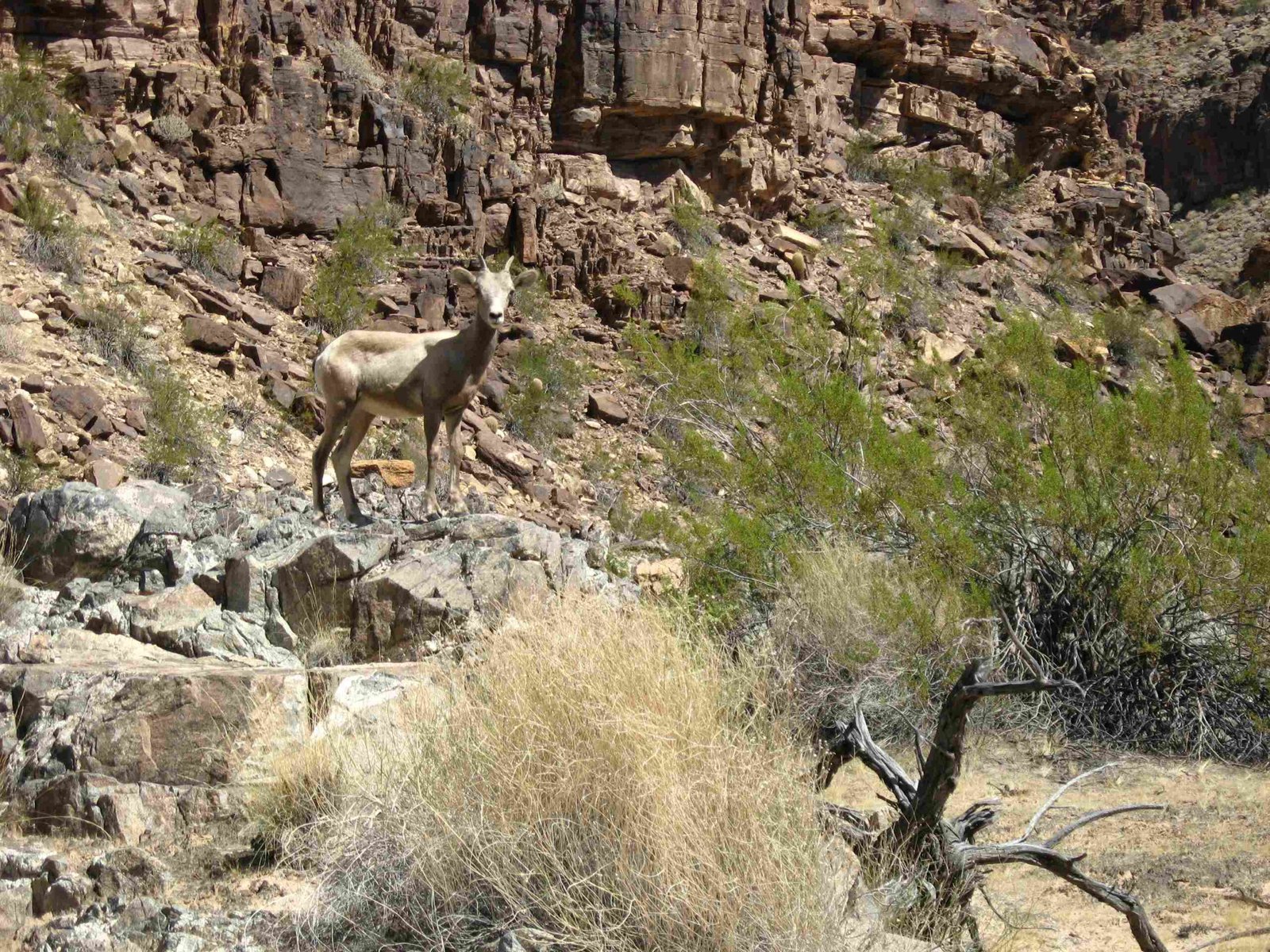The Grand Canyon represents a profound artistic challenge for painters, where geological complexity meets extraordinary light conditions. Artists like Robert Dalegowski, Gunnar Mauritz Widforss, and Michael Chesley Johnson have dedicated their careers to translating the canyon’s immense geological narrative through meticulous brushstrokes, capturing its layered colors, dramatic shadows, and timeless geological formations.
What Makes Grand Canyon Painting Unique?

Techniques That Define Grand Canyon Landscape Art
Grand Canyon painters face extraordinary challenges that distinguish their work from other landscape traditions:
- Environmental Constraints
- Rapid pigment drying in arid conditions
- Intense sunlight and dramatic shadow variations
-
Geological complexity requiring precise color interpretation
-
Artistic Approaches
- Watercolor techniques emphasizing transparency
- Oil painting methods focusing on geological layering
- Plein air painting strategies adapted to extreme environments
Who Are the Most Influential Grand Canyon Painters?
Robert Dalegowski: Watercolor Maestro
| Technique | Description | Unique Characteristics |
|---|---|---|
| Painting Method | Plein air watercolor | Sits directly on ground |
| Equipment | 50-year-old paint box | Latex-secured watercolor paper |
| Style | Impressionistic | Hard edges, rapid execution |
Dalegowski’s approach involves capturing the canyon’s essence through quick, decisive brushstrokes that respect the landscape’s inherent dynamism.
Gunnar Mauritz Widforss: Realism in Watercolor
Widforss distinguished himself through:
– Methodical color application
– Thick, transparent color layers
– Commitment to natural color representation
– Detailed geological accuracy
Michael Chesley Johnson: Oil Painting Precision
Johnson’s oil painting methodology includes:
– Grid system for design transfer
– Pencil sketch foundation
– Layered painting approach
– Strategic use of mineral spirits
– Emphasis on geological form interpretation
What Challenges Do Grand Canyon Painters Encounter?
Environmental Obstacles
- Extreme temperature fluctuations
- Rapid light changes
- Limited accessibility to prime painting locations
- Complex geological formations
Technical Challenges
- Capturing nuanced color variations
- Representing massive scale
- Managing quick-drying pigments
- Balancing geological detail with artistic interpretation
Where Should Grand Canyon Painters Focus?
Recommended Painting Locations:
– South Rim viewpoints
– Mather Point
– Yavapai Point
– Grand Canyon Village
– North Rim panoramic areas
Best Practices for Aspiring Grand Canyon Painters
- Study geological formations extensively
- Practice rapid sketching techniques
- Invest in high-quality, environment-resistant materials
- Develop adaptable painting methods
- Understand light’s transformative power in canyon landscapes
Conclusion

Grand Canyon painters are more than artists; they are visual historians documenting one of Earth’s most remarkable landscapes. Their work transcends mere representation, offering profound insights into geological time, light, and natural beauty.

